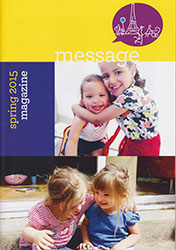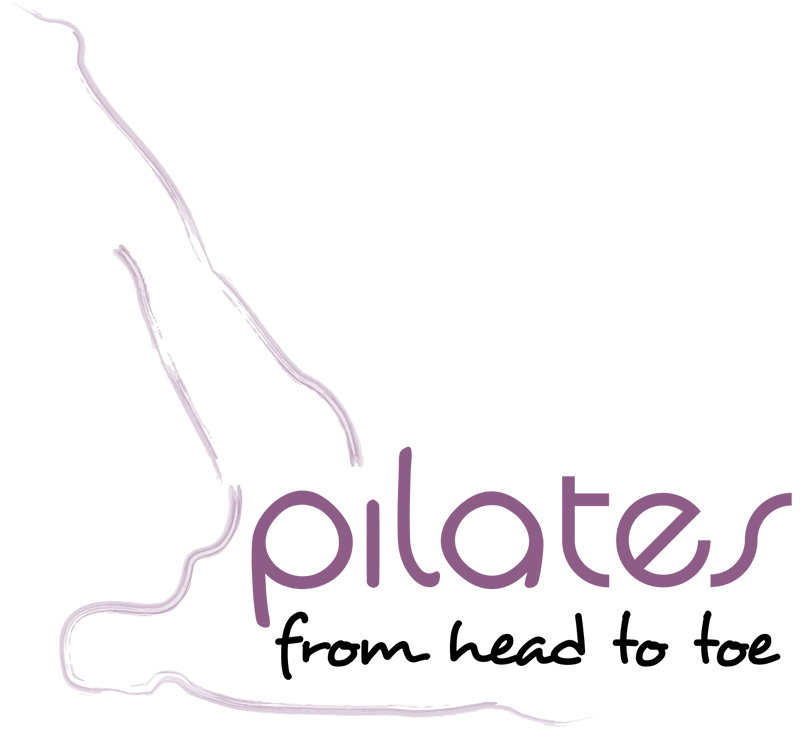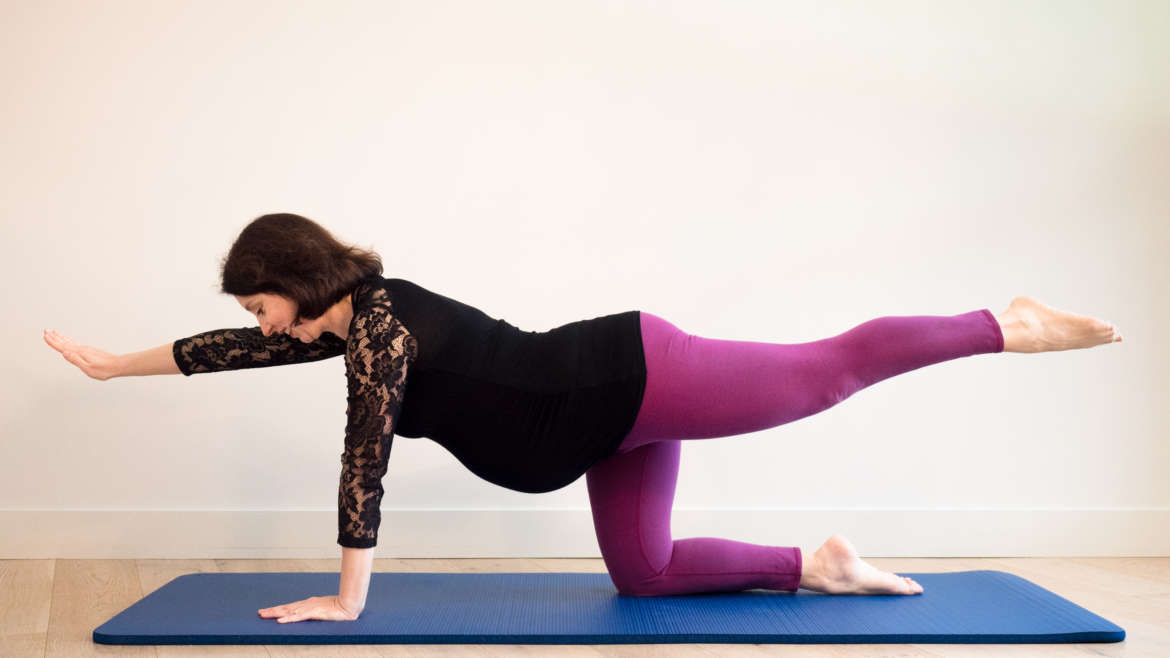This very small group format allows for special attention to the progress of each student's pregnancy. We use Springboards, Chairs and / or large balls for training adapted to everyone's needs, levels and energy. Particular attention is paid to breathing in preparation for childbirth. You will also get used to using the big balloons in order to use them for childbirth. A focus on how to stretch and how to avoid ailments in everyday life and in view of the new baby is part of the course.
The Conundrum of Exercise and Pregnancy
By Emily Mazo-Rizzi
Being pregnant is such an extraordinary adventure simultaneously universal and deeply personal. Each woman lives each pregnancy as a unique experience. That's why when it comes to approaching exercise and pregnancy, the "right" exercise is the kind of exercise that suits you.
To better understand what kind of exercises are appropriate let's start by looking at what happens to the body during pregnancy.
How does the body change during Pregnancy?
All of the six changes listed below are inevitable. The first two will happen and there is little exercising can do to impact how you feel related to these changes:
- Hormonal changes: The hormones that are maintaining a cozy womb for your baby and preparing your body for delivery and lactation wreak havoc on the body. Joints, muscles and ligaments loosen, the body is gradually more supple and also more fragile. These hormone changes make it almost impossible to build muscle mass so one of the goals of exercising pregnant is to maintain muscle mass.
- Skin and hair: The hormones often make skin, hair and nails stronger, plumper, healthier looking. On the other hand abdominal skin can often get very dry as it is being stretched and thinned.
Maintaining a healthy movement practice during pregnancy can help your body adapt to the following changes and potentially avoid aches and pains:
- Weight gain: This completely normal part of pregnancy can be psychologically difficult for many women. Additional weight can pull on the lumbar spine and potentially compromise the joints, the knees in particular.
- Spinal and pelvic changes: The lumbar spine, low back, becomes more arched. The pelvis is pulled forward. The thoracic spine, upper back, tends to become more rounded. This pull on the low back can lead to back pain and potentially sciatica.
- Breathing capacity: Due to the baby needing your oxygen and the compressed rib cage and lungs breathing capacity is reduced. It is harder to breathe as deeply as before and a less active diaphragm can also lead to digestion problems.
- Circulation: Weight gain, reduced breathing capacity and the body working hard to meet the needs of the growing fetus all mean that general circulation is compromised. This can lead to swelling and water retention. Your heart rate and the blood volume both slowly increase throughout pregnancy making all physical excursions more effortful.
What can be done to support these changes? The most important thing is to keep moving! As a Pilates instructor my approach to exercise and pregnancy is to apply the 5 goals of Pilates to the pregnant woman's body.
- Uniformly Develop the body
Uniform development during pregnancy is a slight oxymoron but by continuing full body workouts women can prevent "falling" into all of the extreme positions the body is being pulled in. Besides the fact that physical activity can help avoid excess weight gain, full body workouts will maintain muscle mass, in particular the deep abdominals and pelvic floor muscles, while strengthening the legs. This will assist your body in better supporting the additional weight and can keep back, knee pain and sciatica away. Most importantly these workouts will help train the body for the full body marathon of delivery. - Decompress the spine
Spinal articulation movements are an integral part of the Pilates method as they release tension and promote mobility. By moving the spine correctly space is created for the fetus thus repositioning it closer to the inside of the body. This will also reduce the risk of back pain and sciatica so common because of the pull on the lower back. - Improve breath
Any time spent concentrating on breathing or breathing and moving together will maintain an active and healthy diaphragm and retain as much lung capacity as possible. It will encourage fetal growth and help the mother to be calm. This practice will make using breath as a means to manage pain during labor much easier. - Improve circulation
Staying physically active will help keep oxygen and blood flow circulating and eliminate toxins. Pilates exercises by nature strive to increase lung capacity, focus on moving the spine and all of the joints. All of this will hinder swelling and water retention so common for pregnant women. - Foster a mind-body-spirit connection
Regular, gentle exercise will help a pregnant woman stay aware of her body and be connected with the fetus and the changes happening deep inside on a daily basis. Taking quiet time to move and to breathe will center the woman, making her more comfortable and aware of her own body. All of this promotes general well being, self esteem and can aid in labor.
What kinds of exercise are appropriate? What are the Dos and Don'ts?
The number one rule when exercising pregnant is: listen to your body. If you really don't feel up for exercise on a given day, don't do it. It is best to mention to your doctor what kind of exercise you are doing. If you are having a complicated pregnancy you absolutely must consult your doctor before exercising.
Don'ts
- Avoid exercises that put un-necessary pressure on the pelvic floor. Some examples are: running, jumping, intense aerobics, horseback riding...;
- Ban exercises that involve risks of falling. Some examples are: horseback riding, ice skating, skiing...;
- À partir du 2ème trimestre, évitez de faire des abdominaux “classiques” comme les sit-ups, exercice de renforcement de l’abdomen, avec les genoux relevés. En effet, quand le ventre commence à grossir, faire travailler les abdominaux superficiels peut, potentiellement, exercer trop de pression sur la couche superficielle des muscles abdominaux, que l’on appelle communément ‘Six Pack’, rectus abdominis, c’est-à-dire le muscle droit de l’abdomen en plusieurs parties (grand droit). Compresser ce muscle peut provoquer une déchirure de la linea alba (structure tendineuse médiane qui sépare les muscles droits de l’abdomen) qui, approximativement, suit la ligne entre le sternum et le nombril. Une pareille déchirure se soigne, mais il est préférable de l’éviter.
- If you have contractions or spotting or feel over tired, do not exercise.
Dos
- Do low/no impact exercises such as Pilates, yoga, swimming, walking, biking, aqua biking, water aerobics...;
- Do exercise that feels good to you and that help maintain muscle mass, keep your energy up and improve your breathing;
- Find instructors who offer classes specifically for pregnant women or who are able to modify exercises in regular classes to suit pregnant women's needs;
- In general any kind of exercise, besides the ones cited above in the "Don'ts", that you were doing before you were pregnant you can continue pregnant;
- Specific work on breathing: either through exercise, birth preparation classes, sophrologie or meditation.
What is the bare minimum?
If you've really never been into exercising and aren't about to start now just be sure to walk every day, this is easy for Parisians. Especially pay attention to continuing to walk and move once you are on maternity leave. Ideally you would also at least work on your breathing as mentioned above, this will be invaluable when it comes time for delivery.
Most importantly...
Keep in mind that as your body changes throughout your pregnancy your energy level will fluctuate as will your desire to move. Each and every day listen to how your body feels.
Traduit de l’anglais par Christel Paris.
 This article was written for "Message” une association pour des parents anglophones à Paris et publié dans l’édition du printemps 2015 du magazine.
This article was written for "Message” une association pour des parents anglophones à Paris et publié dans l’édition du printemps 2015 du magazine.

